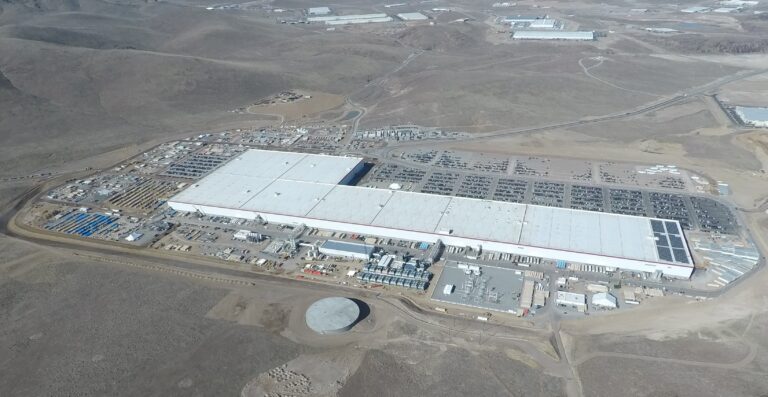Five Key Industries Driving Industrial Parks

Tahoe-Reno Industrial Center: Tesla Gigafactory. (Credit: iStockPhoto)
Today, we’ll be exploring the five key industries that thrive within industrial parks. Industrial parks are designed to optimize economic opportunities and have a significant impact on their regions. They have become hubs of growth and innovation, significantly boosting local economies and fostering new opportunities. Let’s take a closer look at the top five key industries driving progress in industrial parks and understand the crucial role they play in economic development.
Our first key industry is the Chemical Industry. Industrial parks often host clusters of different chemical facilities that are interconnected by their supply chains. This proximity allows for efficient raw material supply, production, and distribution processes. By being in close proximity, these facilities can share resources, reduce transportation costs, and improve overall productivity. The chemical industry is vital for producing a wide range of products, from pharmaceuticals to plastics. This concentration within industrial parks not only boosts efficiency but also fosters innovation. This can lead to the development of new materials and processes, driving the industry forward.
Next, we have the Energy Industry. Energy is the backbone of industrial park operations. These parks require a reliable and sustainable energy supply to function effectively. Industrial parks often include power plants, renewable energy facilities, and energy storage systems to meet their needs. Energy infrastructure within industrial parks supports not only the industries within the park but also the surrounding communities. By integrating energy production and consumption within a confined area, industrial parks can achieve higher efficiency and reduce their environmental footprint. This integration helps in creating a sustainable ecosystem that benefits both the industry and the local population.
The third key industry is Manufacturing. Industrial parks are perfect for integrated manufacturing processes. Different manufacturing units can work together to produce a variety of goods, enhancing efficiency and reducing production times. In these parks, manufacturers benefit from shared services, infrastructure, and logistics support. This setup allows for rapid prototyping, testing, and scaling of new products. The concentration of manufacturing units also attracts skilled labor, creating a robust workforce capable of driving innovation and maintaining high production standards.
Fourth on our list is the HiTech Industry. Industrial parks are increasingly becoming home to high-tech companies and research facilities. These parks provide the necessary infrastructure, including advanced communication networks and research labs, essential for tech companies. By locating within industrial parks, high-tech companies can access a pool of experienced labor, collaborate with other tech firms, and benefit from proximity to suppliers and customers. This environment fosters innovation and accelerates the development of cutting-edge technologies. The synergy between different tech companies in these parks leads to the creation of groundbreaking products and solutions that can transform entire industries.
Last, we have the Logistics Industry. Logistics is crucial for the smooth operation of industrial parks. These parks often feature extensive logistics hubs that facilitate the movement of components and finished products. Logistics centers within industrial parks streamline supply chains, reduce transportation costs, and improve delivery times. They also support other industries in the park by providing essential services such as warehousing, distribution, and inventory management. This interconnected network ensures that products and materials can move efficiently between different facilities, enhancing overall productivity.
In conclusion, these five key industries—Chemical, Energy, Manufacturing, HiTech, and Logistics—are driving the growth and success of industrial parks. Each industry plays a crucial role in creating a dynamic and efficient ecosystem that supports economic development and innovation. By integrating these industries within industrial parks, we can optimize resources, reduce costs, and foster collaboration, ultimately leading to a more prosperous and sustainable future.
